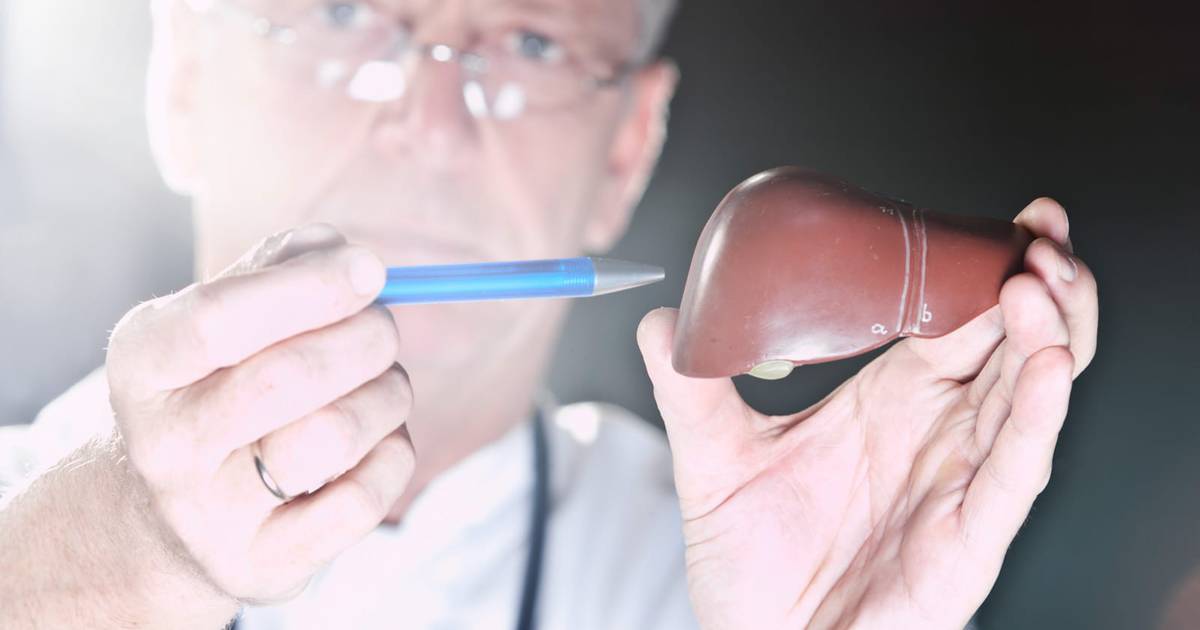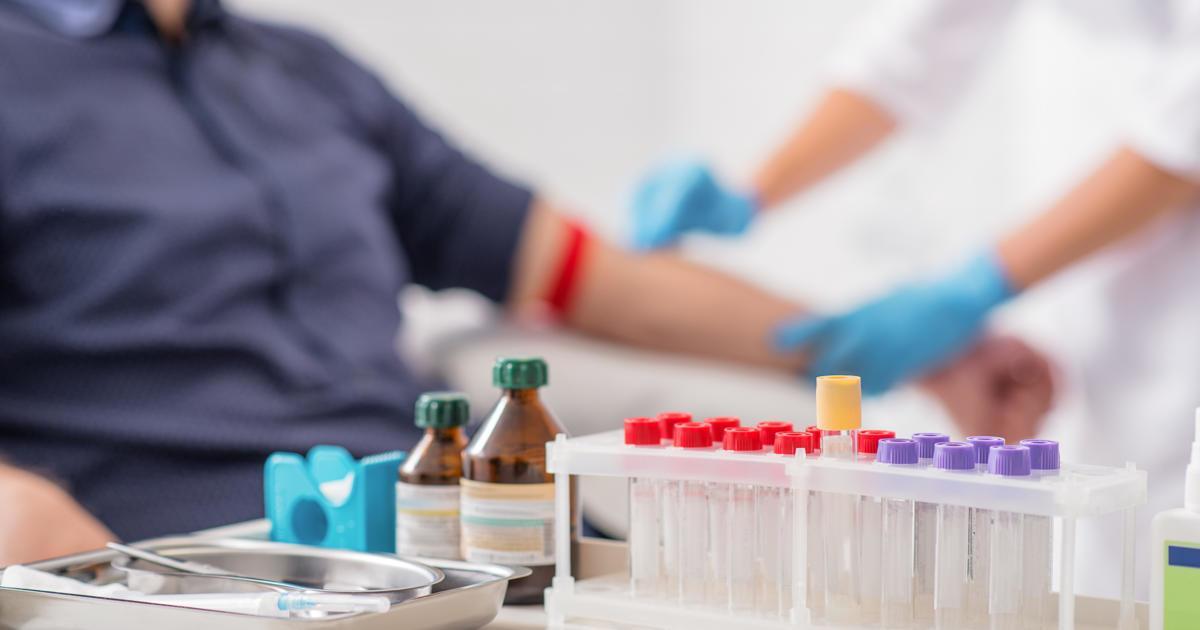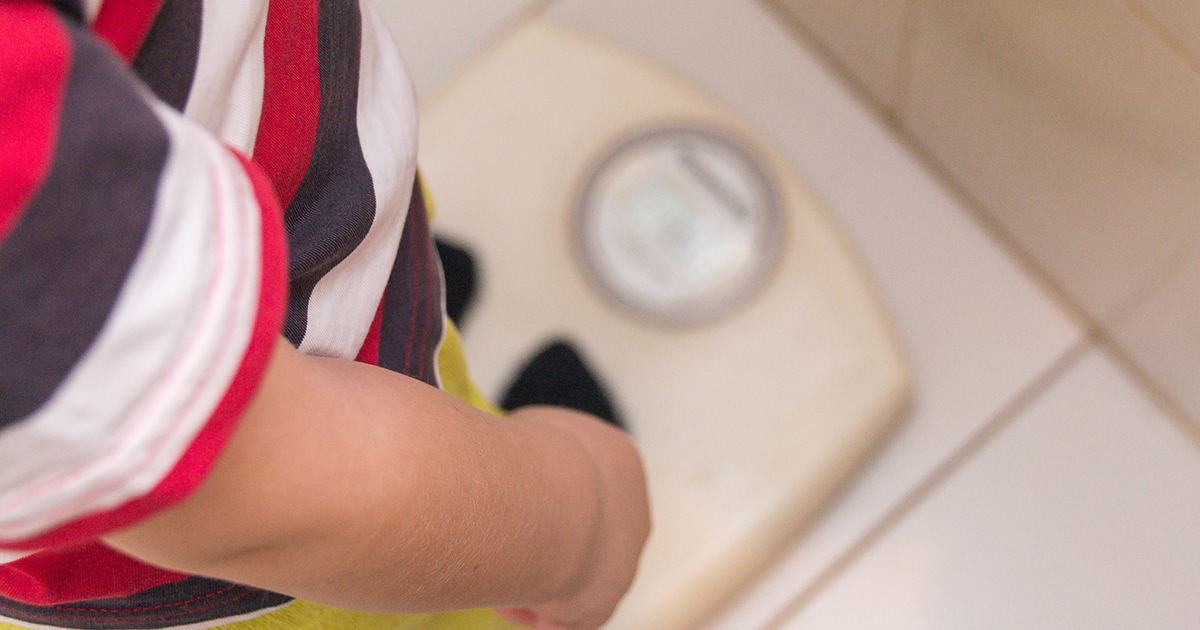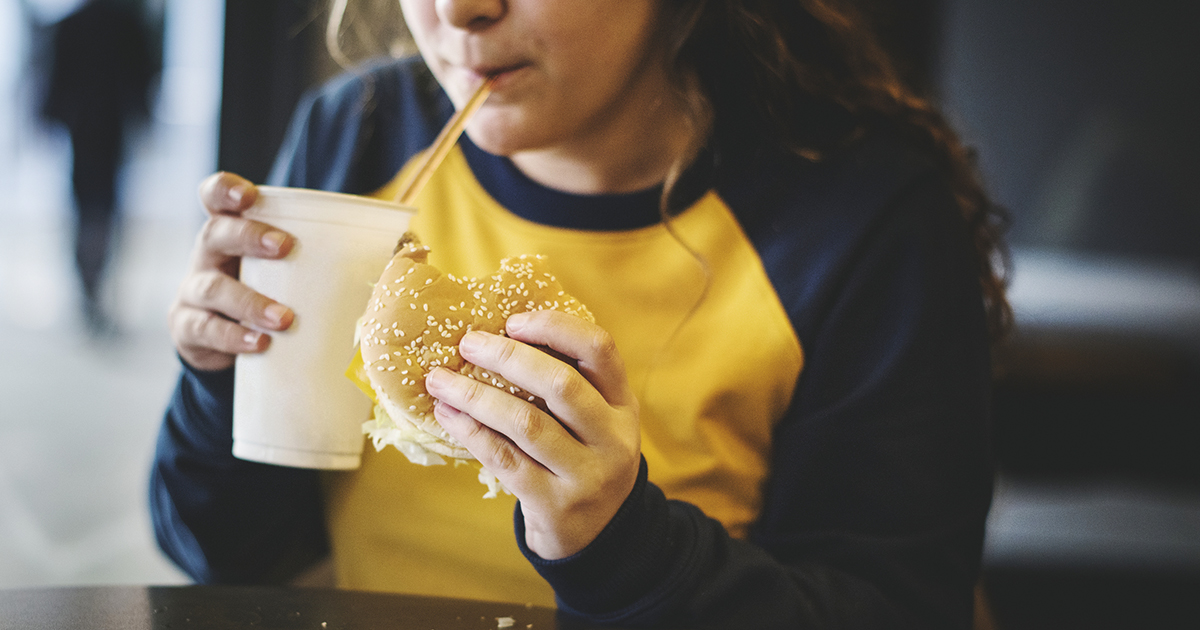Risk Factors Of Biliary Colic
Individuals with biliary colic experience pain in the abdominal area after eating a meal. The condition is typically a result of a gallstone blocking the bile duct. Gallstones are rock-like substances formed from excess bilirubin that hardens. As a result of gallstones, other symptoms of biliary colic include nausea, vomiting, and jaundice, and sometimes the condition can cause pale stools and dark colored urine. Believe it or not, gallstones do not have to be present in all cases of biliary colic. Based on further information, gallstones are more likely to occur in females or anyone above forty years old. Moreover, the stones can be treated with surgery or medications. There are various causes and risk factors for biliary colic. Learn about them now!
Cirrhosis Of The Liver

Cirrhosis of the liver is characterized by excessive production of scar tissue within the organ. Cirrhosis is linked to biliary colic as it can also be caused by blockage of the bile duct. In addition, cirrhosis can occur as a result of separate diseases affecting the liver such as hepatitis and primary sclerosing cholangitis.
The medical records of thirty-eight cirrhosis patients are assessed in a 2009 Journal of the Society of Laparoendoscopic Surgeons review. Over eighty percent of patients had biliary colic, potentially due to the presence of gallstones. A 2017 review for the BioMed Research International journal mentions multiple studies noting the presence of gallstones in cirrhosis patients. In one study, the prevalence of gallstones was shown to be greater in cirrhosis patients compared to those without the condition. In another study, the prevalence of gallstones was also found to be high in cirrhosis patients, particularly those who dealt with alcohol abuse.
Continue reading to reveal more risk factors for biliary colic now.
Diabetes And Insulin Resistance

Diabetes and insulin resistance can also contribute to biliary colic. In cases of both diabetes and insulin resistance, high low-density lipoprotein cholesterol is typical, along with elevated triglycerides. In addition, it may cause a drop in high-density lipoprotein cholesterol. According to research, these elements may trigger gallstone development.
Some research is also documented on elements that contribute to the rise in these lipids. Based on a 2008 study with mice, a protein called FOXO1 could be the explanation as to how insulin resistance and gallstones are linked. The study found the protein stimulated the secretion of cholesterol into the bile. As the mice were insulin resistant, they caused the protein to be reactivated. Gallstones developed as a result. A different study from 2008 suggests there is also a link with the enhancement of the expression of proteins Abcg5 and Abcg8. These proteins are widely shown to stimulate cholesterol secretion.
Learn more about what can increase the risk of biliary colic now.
Sickle Cell Anemia

Sickle cell anemia is a genetic-based disease that affects red blood cells. Otherwise known as sickle cell disease, the condition causes the cells to form into crescent-like shapes, and occurs when the body produces an abnormal type of hemoglobin, the protein that helps carry oxygen through the bloodstream.
Bilirubin happens to be a byproduct of hemoglobin. In sickle cell anemia, red blood cells have a shorter lifespan, thus they break down quicker. The body has to perpetually break down these cells, which can cause bilirubin to build up in the liver and gallbladder. Therefore, it can lead to the development of gallstones and biliary colic.
The prevalence of gallstones in sickle cell anemia is noted in a 1987 review that followed 131 UK-based patients. At least sixty-one of the 131 patients had been currently diagnosed with or treated for gallstones. In addition, biliary colic symptoms were found in at least thirty-two of the patients with gallstones. Gallstones' link to sickle cell anemia is also documented in a 2008 review of children's medical reports. Gallstones were presented in forty-five percent of 225 patients.
Get the details on another biliary colic risk factor now.
Obesity Or Quick Weight Loss

Additional risk factors for biliary colic include obesity or quick weight loss. One reason is that obesity is closely linked with the elevation of low-density lipoprotein cholesterol and triglycerides.
The probability of gallstones in children is documented in a 2012 study that suggests children who were moderately to severely obese were at a high risk for gallstones. The correlation of increased body mass and gallstones is also shown in a 2013 study following 77,679 participants.
Concerning quick weight loss, multiple studies suggest it can stimulate increased production of cholesterol into the bile as well. In a 2014 study, skipping breakfast every day for four weeks contributed to weight loss in obese participants. However, it also caused an increase in cholesterol. The same was reported for healthy female participants in a 2005 study. The participants completely two fourteen-day trials in which they either skipped or ate breakfast. Higher cholesterol was shown for the trial in which the participants skipped breakfast.
Learn more about what can increase the risk of biliary colic now.
Specific Dietary Choices

Specific dietary choices can increase the risk of biliary colic. In this case, it is best to avoid fried foods and high-fat foods, as they can increase cholesterol. In a 2017 study, fatty and fried foods were associated with increased risk of cholesterol gallstones. Furthermore, high carbohydrate intake was suggested to increase the risk of pigment gallstones.
In another study, gallstones presented in participants who followed a diet consisting of mainly fat and refined sugar. The low fiber intake in this study is contrary to that of another from the Nurses' Health Survey organization. This study followed 69,778 female participants over the course of sixteen years, and claimed long-term fiber intake could decrease the risk of gallstone formation.